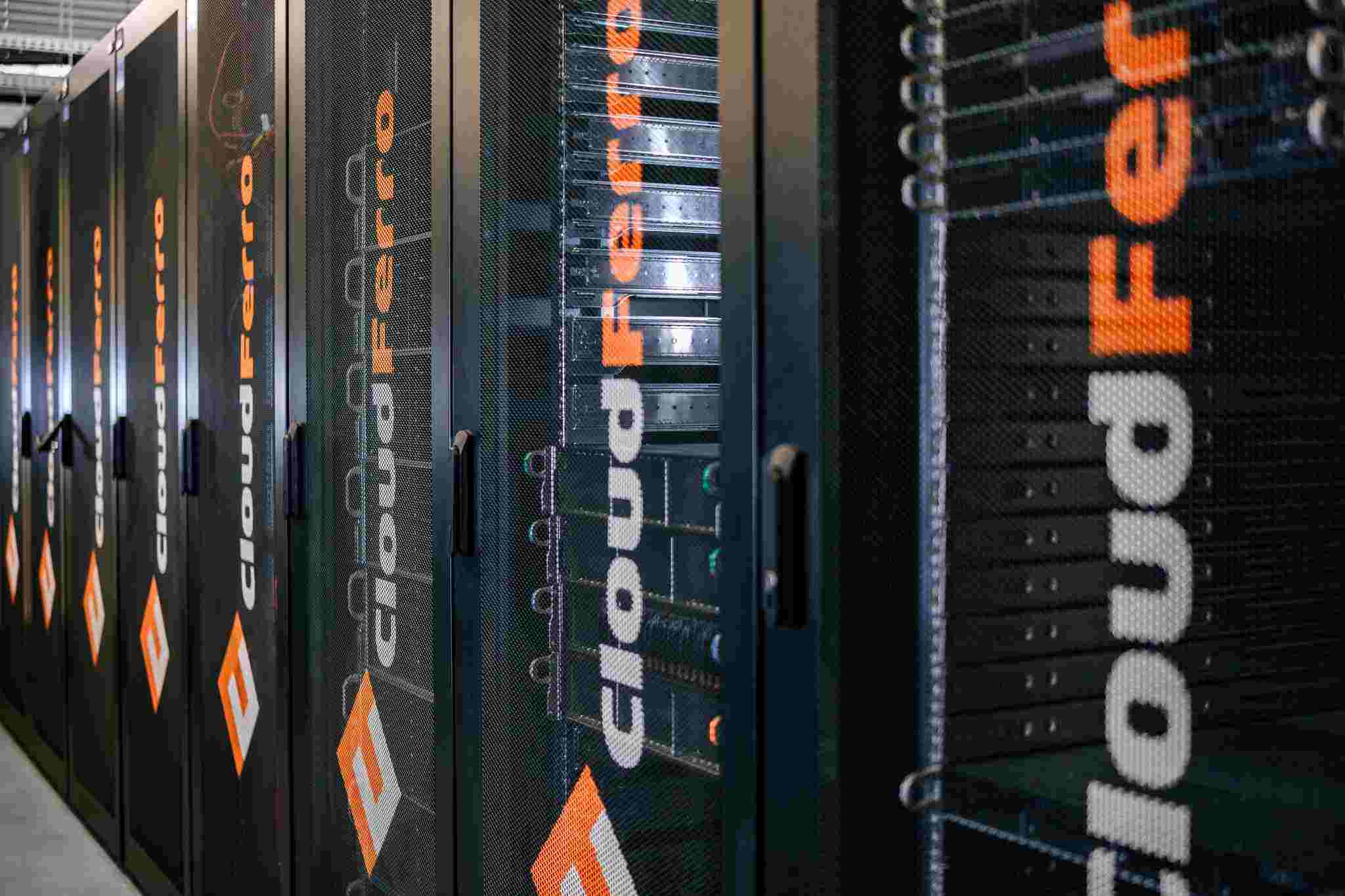Copernicus Data Access Service – a new European ecosystem for Earth observation kicked off

[updated January 10th, 2023]
A new initiative of the European Space Agency and the European Commission – Copernicus Data Access Service has been kicked off. CloudFerro, a cloud services provider and the operator of CREODIAS, plays a key role in a consortium of seven European organizations led by T-Systems, who will jointly build the new Earth observation data ecosystem of an unprecedented scale. The new service will produce significant long-term impact to the European science, economy and society. The overall value of the 6-year contract, that can be extended to 10 years, is €150 million.
The Copernicus programme is the Earth observation component of the European Union Space programme. With systematic monitoring over large areas, good quality of data plus a clear and simple open data policy, it provides one of the largest open satellite imagery repositories in the world. Copernicus delivers global data from satellites and ground-based, airborne and seaborne measurement systems, supporting international and national organizations, authorities, service providers in taking well informed decisions and conducting policies in many areas.

In the last decade, hundreds of Earth observation applications were developed to help farmers to better manage their fields, financial markets to forecast the economic situation, journalists to observe or validate news. The current European Common Agricultural Policy is also supported with the use of satellite data for monitoring and forecasting. The European Commission (EC) has observed an increased demand for Earth observation data that is being more and more widely used in various sectors of the economy. In 2022, EC decided to invest in the next level of user data processing and distribution infrastructure, announcing a new Copernicus Data Access Service initiative. It supports long-term strategies that the European Commission adapted in the last years to ensure a sustainable growth and benefits to all European citizens.
As Thierry Breton, the EU Commissioner for Internal Market, said:
Copernicus must strive for digital excellence. We want Copernicus data to be easily accessible and usable. At the same time, we need a powerful data analytics environment to attract new users, in particular from non-space sectors.
The winning consortium composed of European cloud and Earth observation service providers will build the new data ecosystem, where both current and historical satellite data will be immediately available. The future of the European user data processing and distribution will be powered by experienced market leaders that form a consortium: T-Systems (leader), CloudFerro, Sinergise, VITO, DLR, ACRI-ST, and RHEA. The consortium partners will work under a close guidance of ESA which will guarantee that the objectives set by the European Commission are fully met. Most importantly, all the data will be hosted in the European territory and the infrastructure will be operated by European providers.

CloudFerro will have a key role in creating and operating the new platform on its cloud environment. The company will provide free and open access to the full archive of Copernicus EO data, data retrieval and processing services.
- The new ecosystem will be a great milestone for the Earth observation community, benefiting research, business and institutions of Europe and the world. We are proud to play such a key role in the initiative, where experienced partners cooperate to create this unique and innovative service. Drawing on the experience we gained in other projects carried out for ESA and other leading institutions of EO sector, including delivering and operating two main DIAS services CREODIAS and WEkEO, we will contribute our advanced technology and extensive know-how to the new Copernicus Data Access Service
says Maciej Krzyżanowski, CEO of CloudFerro.
The new ecosystem will include one of the largest public EO data repositories in the world. Copernicus Data Access Service builds on existing distribution services and DIAS-es, ensuring their continuity, but also bringing significant improvements:
- Easy discovery, visualisation, download, and analysis of vast amounts of data will be possible;
- Users will benefit from a set of data processing tools made available to extract the information they need to conduct their public, private or commercial activities;
- Users and Service Providers may provide new downstream services using the resources and interfaces made available by this new service, hence enriching the Copernicus data space with a broader service offering.
It will also ensure interoperability with the Destination Earth future data infrastructures as well as other initiatives within EO domain. The new system will grant instant access to all Copernicus data online in one place, covering archive and current Earth observation data that is estimated to grow from 35 to 85 petabytes of EO data within 6 years (1 PT equals approx. 10 000 laptops with 100 GB drives, 250 million songs, or 7 million photos).
The Copernicus Data Access Service users will have access to scalable cloud resources optimized for EO tasks, artificial intelligence and machine learning technologies. The vast majority of the repository capabilities will be offered free of charge. Practically unlimited resources will be offered under commercial terms, and credits for extra free resources are planned for research and pre-commercial exploitation. It is estimated that the Copernicus Data Access Service will be used by over 120,000 active users per month. It is planned to be fully operational by July 2023.
Go to Copernicus Data Space Ecosystem.



If you have any query, contact us. Our experts will be happy to assist you.
We will answer every your questions, as soon as possible.









